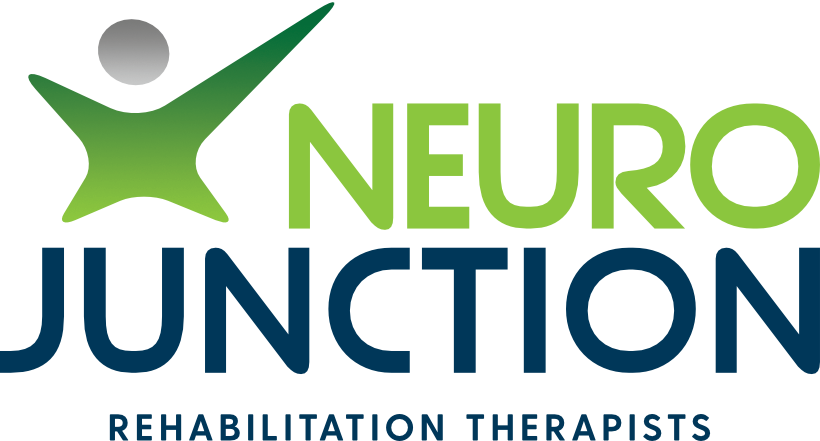Walking After a Stroke
After a stroke, walking can feel different. You might notice one leg feels weaker, your balance is off, or you feel less steady on your feet. These changes are common and can significantly impact your mobility, balance, and confidence in walking – but physiotherapy can help. One of the key components of stroke rehabilitation is through a walking (gait) analysis. A gait analysis is a detailed assessment of how someone walks, identifying the changes causes by the stroke and creating a targeted plan to improve mobility, safety, and independence.
What Is a Walking Analysis?
A gait analysis is a detailed observation of how you walk, allowing your physiotherapist to identify changes caused by the stroke and develop a targeted plan to improve your mobility, safety, and independence. We look at:
Step length and rhythm
How evenly you place weight through each leg
Foot clearance and placement
Balance and posture during movement
Whether spasticity (abnormal muscle tightness in response to stretch) is interfering with your gait
Whether any walking aids or supports are needed
This helps us understand exactly what is happening with your walking so we can create the most effective plan for you.
How Can We Help After a Walking Analysis?
Once we know what’s affecting your walking, we design a tailored program. This might include:
Exercises to strengthen weak muscles
Balance training to improve stability
Practice walking to improve step smoothness and efficiency
Stretches to reduce stiffness
Recommendations for supports such as braces or walking aids if required
Recommendations for spasticity management including Botox
Why It Matters
A walking assessment can help you:
Walk more safely
Reduce the effort it takes to move around
Build confidence in your mobility
Maintain independence at home and in the community
If you’ve had a stroke and feel unsteady or unsure about your walking, feel free to reach out to Neuro Junction to speak with one of our physiotherapist about booking a appointment for a gait analysis. It could be the first step towards walking more safely and confidently again.

